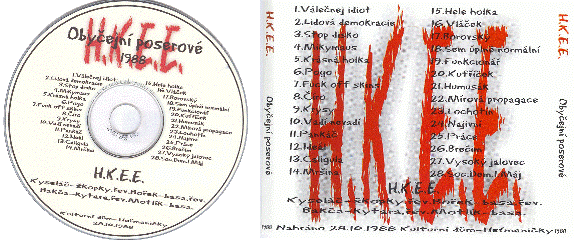When it comes to writing essays, one of the most important components is often overlooked – the key agreement. This is the essential foundation upon which the rest of the essay is built, and it is essential that writers understand its significance.
So, what is a key agreement essay? Simply put, it is an essay in which the writer makes a clear and concise statement about their argument, or thesis, and outlines the main points they will be discussing in support of it. The key agreement is the agreement between the writer and the reader that the essay will be about the topic proposed in the thesis statement.
In order to write a successful key agreement essay, there are a few things that writers need to keep in mind. First and foremost, the thesis statement should be crystal clear and specific. The reader should be able to understand exactly what the writer is arguing for or against, and why. The thesis statement should not be vague or ambiguous, as this can lead to confusion and detract from the overall effectiveness of the essay.
Once the thesis statement has been established, the writer should then move on to outlining the main points they will be discussing. Each of these points should be directly related to the thesis statement and should provide evidence in support of the argument being made. It is important to remember that each point should be clear and concise, and should be supported by specific examples or evidence.
While the key agreement essay is an essential component of any essay, it is also important to remember that it is not the entire essay. The writer should also include an introduction, body paragraphs, and a conclusion, each of which should build on the key agreement and provide further support for the thesis statement.
In conclusion, the key agreement essay is an essential component of any successful essay. It establishes the writer`s argument and provides a clear roadmap for the rest of the essay. By keeping the thesis statement clear and specific, outlining each main point clearly and concisely, and supporting each point with specific evidence, writers can create powerful and persuasive essays that will engage readers and leave a lasting impression.






 Publikováno v kategorii Nezařazené
Publikováno v kategorii Nezařazené